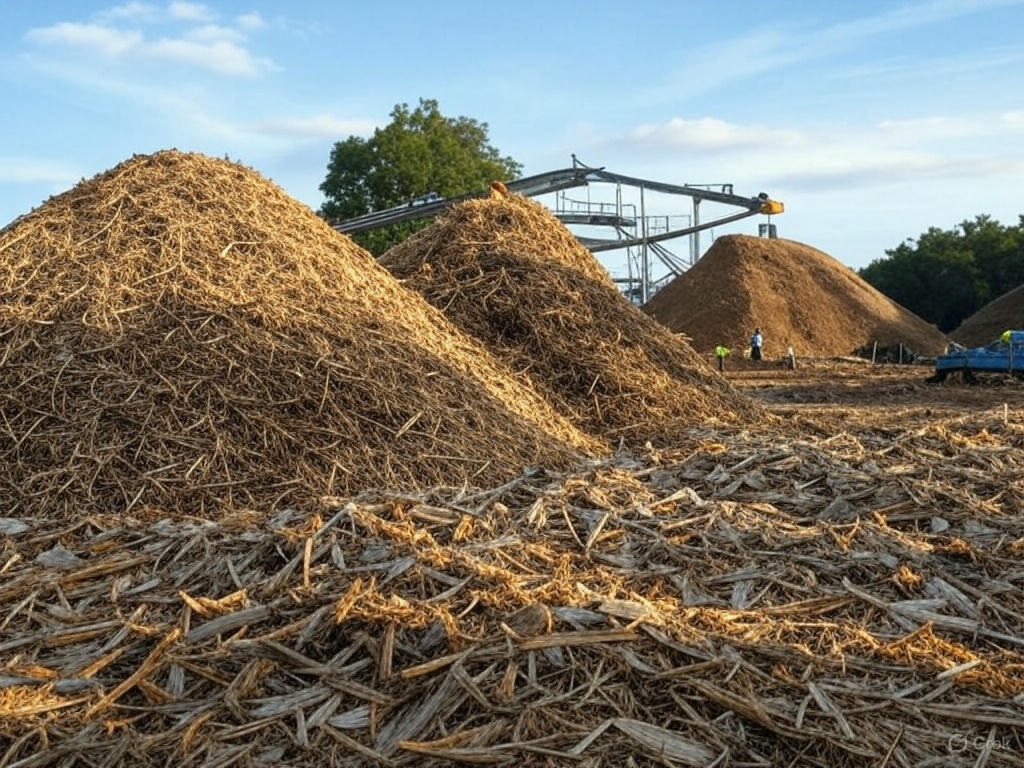Biomass Energy Advantages and Disadvantages
|
|---|
| Advantages | Disadvantages |
|---|
- Biomass is a renewable energy source, as plants and organic materials can be replenished over time, unlike finite fossil fuels.
- When managed sustainably, biomass can be considered carbon-neutral. The CO2 released during its combustion is roughly equal to the CO2 absorbed by the plants during their growth.
- Biomass energy can utilize agricultural, industrial, and municipal waste, helping reduce the amount of waste that ends up in landfills.
- Biomass can be locally sourced, reducing dependence on imported fossil fuels and enhancing energy security for countries.
- The production and harvesting of biomass can create jobs and boost economic development in rural areas.
|
- Large-scale biomass production can require significant amounts of land, which may compete with food production or lead to deforestation if not managed properly.
- While biomass can be carbon-neutral, the production, processing, and transportation of biomass can result in additional carbon emissions, especially if fossil fuels are used in these processes.
- While biomass is renewable, its sustainability depends on how it is produced. If biomass is harvested faster than it can regrow, it can lead to deforestation and other environmental issues.
- The energy conversion efficiency of biomass is often lower compared to fossil fuels, meaning more biomass is needed to produce the same amount of energy.
- Intensive biomass production can lead to soil degradation, water use issues, and loss of biodiversity if not managed sustainably.
- Burning biomass can produce air pollutants, including particulate matter and volatile organic compounds, which can contribute to air quality issues.
- The infrastructure for producing and converting biomass into energy, such as biorefineries or biomass power plants, can be expensive to build.
- The availability of some types of biomass can be seasonal, depending on agricultural cycles, which might affect the consistency of supply.
|

Biomass is the organic material that comes from plants and animals, and it is a renewable source of energy. Biomass can be used directly for heating or converted into biofuels for transportation and electricity generation. It includes materials such as wood, agricultural crops, manure, and even some types of waste.
Biomass offers a renewable and versatile energy source with the potential to reduce waste and promote energy security. However, its benefits must be weighed against environmental and economic challenges, such as land use, carbon emissions, and initial infrastructure costs. Sustainable management is key to maximizing the advantages of biomass while minimizing its disadvantages.
Key Points about Biomass
Energy Source - Biomass can be burned to produce heat, or converted into biogas, bioethanol, or biodiesel. These biofuels can then be used in vehicles or to generate electricity.
Carbon Cycle - When biomass is used as a fuel, it releases carbon dioxide (\(CO_2\)). However, this \(CO_2\) was originally absorbed by the plants during their growth, making biomass a carbon-neutral energy source if managed sustainably.
Uses - Biomass is used in various forms, including
solid (wood, crop waste),
liquid (bioethanol, biodiesel), and
gas (biogas).
Benefits and Challenges - Biomass is beneficial for reducing dependence on fossil fuels and can be a low-cost energy source in some regions. However, challenges include competition with food production, land use changes, and the need for efficient conversion technologies.



